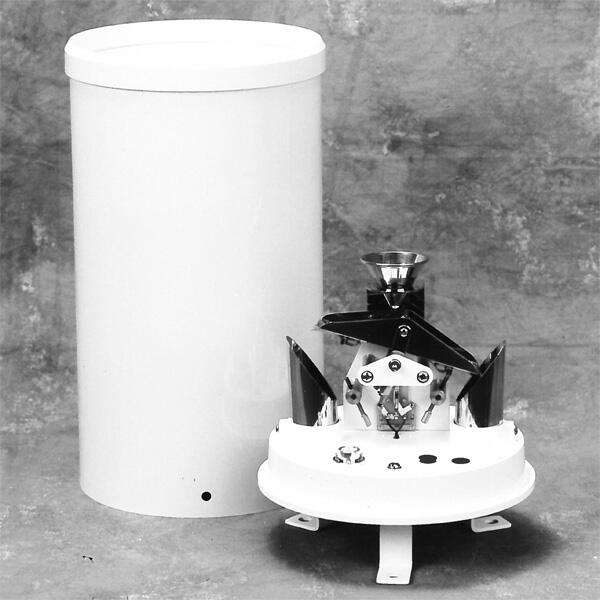
# Rain Gauge Description: Understanding Its Function and Design
A rain gauge is an essential meteorological instrument used to measure the amount of precipitation over a specific period. It plays a crucial role in weather forecasting, agriculture, hydrology, and climate studies. Understanding its function and design can help us appreciate its importance in monitoring and analyzing rainfall patterns.
## What is a Rain Gauge?
A rain gauge, also known as a pluviometer, is a device designed to collect and measure the amount of liquid precipitation, primarily rain, that falls in a particular area. It provides accurate data that is vital for various applications, including water resource management and flood prediction.
## How Does a Rain Gauge Work?
The basic principle of a rain gauge is simple: it collects rainwater and measures the depth of the accumulated water. Most rain gauges consist of a funnel that directs rainwater into a measuring cylinder. The cylinder is calibrated to display the amount of precipitation in millimeters or inches. Some advanced models may include electronic sensors to record data automatically.
## Types of Rain Gauges
There are several types of rain gauges, each with its unique design and functionality:
– Standard Rain Gauge: This is the most common type, featuring a funnel and a measuring cylinder. It is manually read and provides reliable measurements.
– Tipping Bucket Rain Gauge: This type uses a small bucket that tips when it fills with a specific amount of water. Each tip corresponds to a known volume of rainfall, which is recorded electronically.
– Weighing Rain Gauge: This gauge measures the weight of the collected precipitation, which is then converted into rainfall depth. It is particularly useful for measuring snowfall.
– Optical Rain Gauge: This advanced type uses light beams to detect and measure raindrops as they pass through the sensor.
## Design Features of a Rain Gauge
The design of a rain gauge is critical to its accuracy and reliability. Key features include:
– Funnel: The funnel ensures that rainwater is directed into the measuring cylinder without spillage.
– Measuring Cylinder: This component is calibrated to provide precise measurements of the collected water.
– Wind Shield: Some rain gauges include a wind shield to prevent wind from affecting the collection of rainwater.
– Drainage System: A drainage system allows excess water to escape, ensuring accurate measurements during heavy rainfall.
## Applications of Rain Gauges
Rain gauges are used in various fields, including:
– Weather Forecasting: Meteorologists use rain gauge data to predict weather patterns and issue warnings.
– Agriculture: Farmers rely on rainfall data to plan irrigation and crop management.
– Hydrology: Hydrologists use rain gauge measurements to study water cycles and manage water resources.
– Climate Studies: Long-term rainfall data helps scientists understand climate change and its impacts.
## Conclusion
The rain gauge is a simple yet powerful tool that provides valuable insights into precipitation patterns. Its design and functionality have evolved over time, making it an indispensable instrument in meteorology and related fields. By understanding how a rain gauge works and its various applications, we can better appreciate its role in monitoring and managing our environment.
Keyword: rain gauge description
